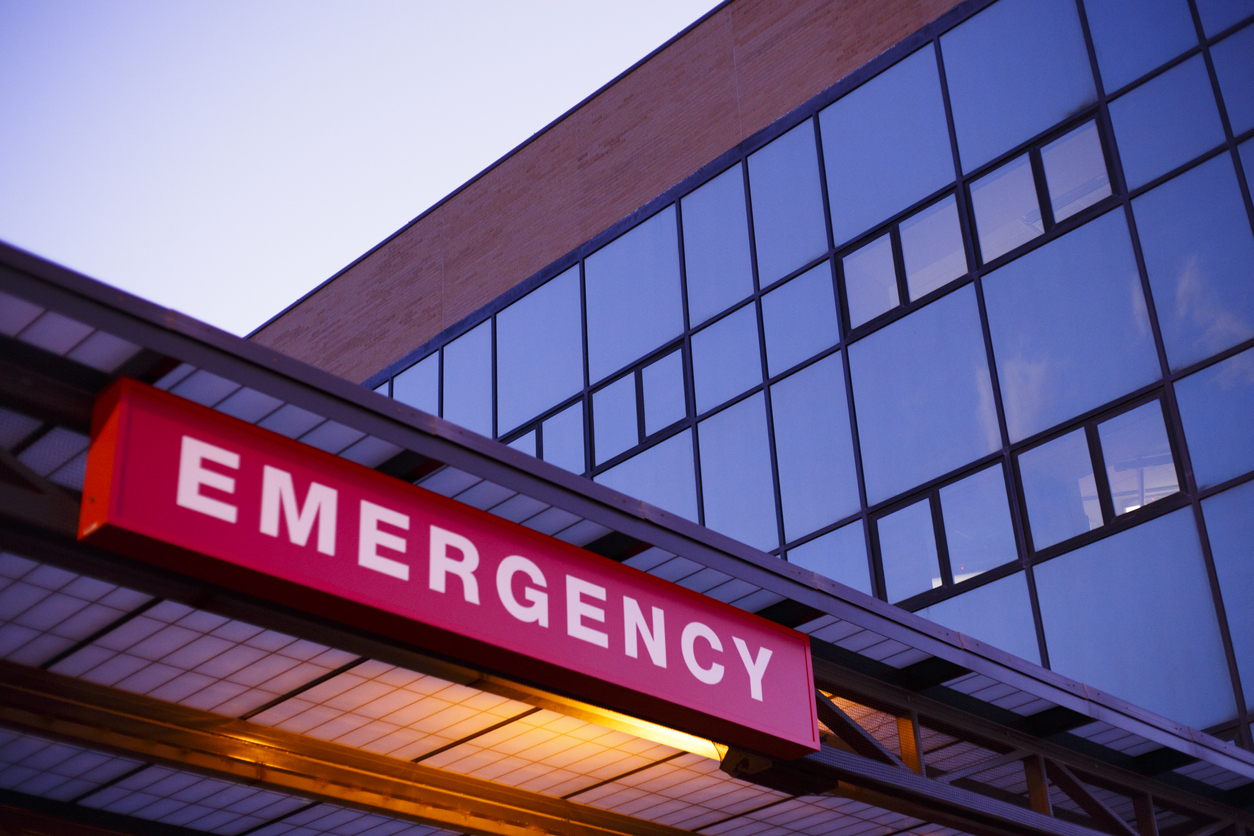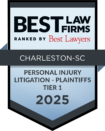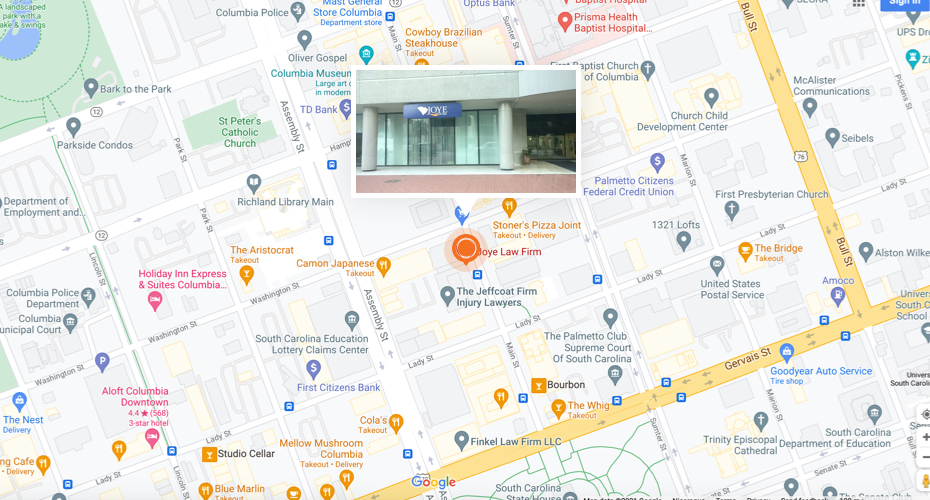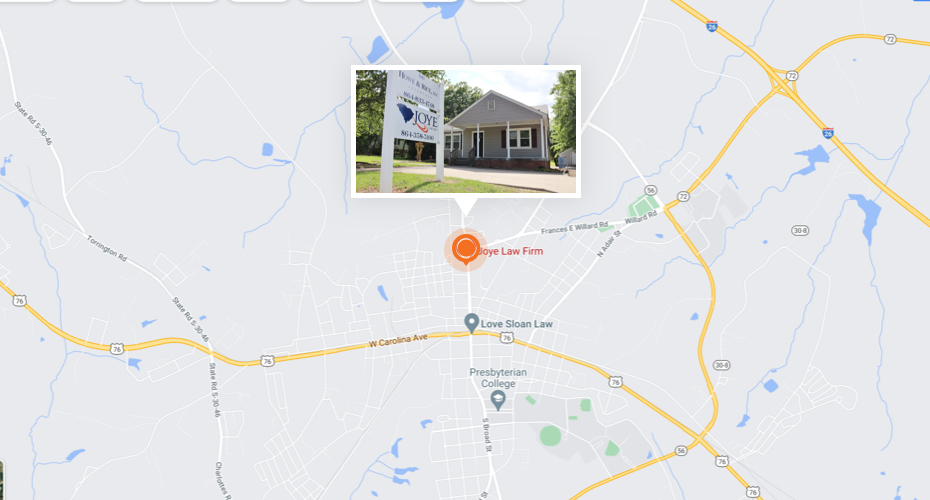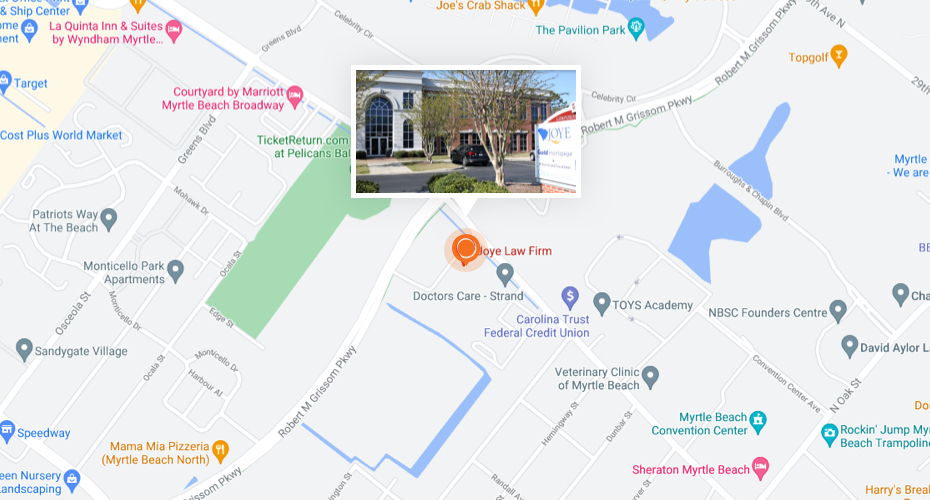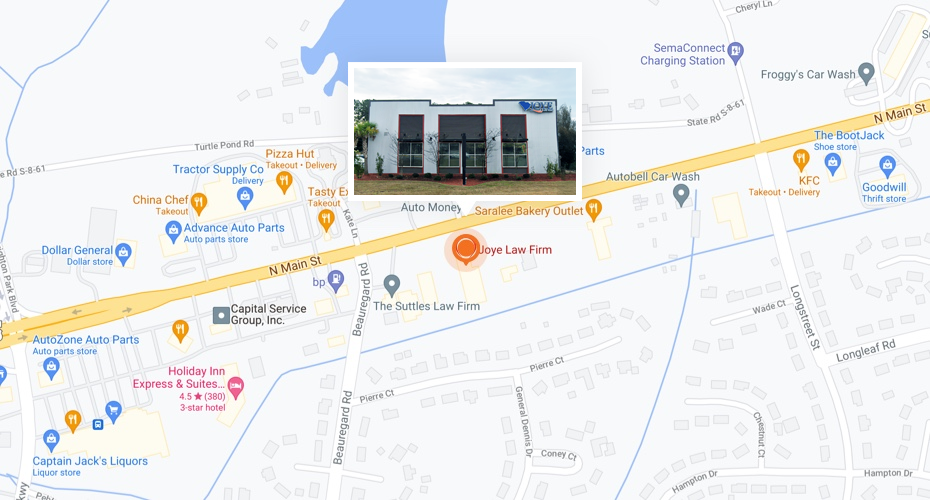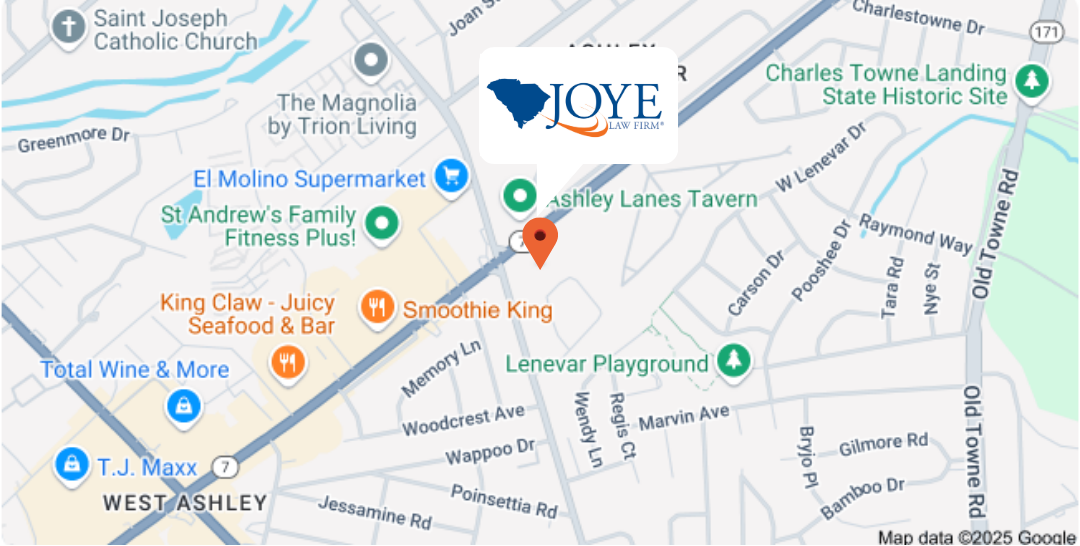
Nurses play a central role in providing quality, compassionate healthcare to patients in a variety of medical settings. Doctor’s offices, hospitals, emergency medical clinics, nursing homes, and rehabilitation centers all depend on nurses as frontline providers. As registered nurses and nurse practitioners take on increasing amounts of the responsibility for patient care, the demand for properly educated and skilled nurses continues to increase.
Unfortunately, providing for their patients’ health and safety can end up leaving many nurses at risk themselves.
 New studies have shown an increasingly high risk of on-the-job injuries among nurses. For these valuable healthcare professionals, the level of care and support they receive in dealing with both the physical and financial impacts of their injuries often falls far short of the standard of care they themselves show patients.
New studies have shown an increasingly high risk of on-the-job injuries among nurses. For these valuable healthcare professionals, the level of care and support they receive in dealing with both the physical and financial impacts of their injuries often falls far short of the standard of care they themselves show patients.
Types of Injuries in the Nursing Field
 According to the Centers for Disease Control and Prevention (CDC), 1 in 5 on-the-job injuries occur among workers in the medical profession, and medical care providers are injured more frequently than in all other professions.
According to the Centers for Disease Control and Prevention (CDC), 1 in 5 on-the-job injuries occur among workers in the medical profession, and medical care providers are injured more frequently than in all other professions.
Nurses and nursing assistants in particular rank highest in terms of accidental injury rates. The most common types of injuries among nurses include the following:
 Slips, Trips, and Falls: These types of accidental injuries are typically due to wet or slippery floors, obstacles and obstructions along walkways, and hazards such as improper lighting or lack of handrails on steps. Specific injuries may include:
Slips, Trips, and Falls: These types of accidental injuries are typically due to wet or slippery floors, obstacles and obstructions along walkways, and hazards such as improper lighting or lack of handrails on steps. Specific injuries may include:
- Head injuries;
- Back injuries;
- Spinal cord injuries;
- Fractures and sprains; and
- Cuts and lacerations.
 Patient Handling: Moving, lifting, and transporting patients can result in accidental injuries due to overexertion. Patient handling is one of the leading causes of injury for nursing professionals. Infections can occur through needle sticks, exposure to fluids, or by breathing in airborne particles. Illness can result from exposure to environmental hazards such as radiation and hazardous wastes. Injuries that occur in the course of providing patient care include:
Patient Handling: Moving, lifting, and transporting patients can result in accidental injuries due to overexertion. Patient handling is one of the leading causes of injury for nursing professionals. Infections can occur through needle sticks, exposure to fluids, or by breathing in airborne particles. Illness can result from exposure to environmental hazards such as radiation and hazardous wastes. Injuries that occur in the course of providing patient care include:
- Slipped or ruptured disks;
- Muscle sprains and strains;
- Exposure to HIV, hepatitis, and hemorrhagic fevers;
- Exposure to staph and strep infections; and
- Radiation sickness and various cancers resulting from exposure to harmful substances.
 Workplace Violence: Patients who are in pain or under the influence of sedatives or anesthesia can react violently to efforts to provide treatment, as can patients with alcohol or drug problems, and mental or emotional problems. Distraught family members of patients can also become aggressive and violent, and pose a threat to workers. Specific injuries due to workplace violence include:
Workplace Violence: Patients who are in pain or under the influence of sedatives or anesthesia can react violently to efforts to provide treatment, as can patients with alcohol or drug problems, and mental or emotional problems. Distraught family members of patients can also become aggressive and violent, and pose a threat to workers. Specific injuries due to workplace violence include:
- Bruises, cuts, and lacerations;
- Muscle strains and sprains;
- Fractured wrists and ribs;
- Gunshots or stab wounds;
- Head injuries; and
- Neck and back injuries.
In addition to the above, heavy workloads, improper scheduling, and lack of support services can take a heavy physical and emotional toll on nurses.
 The high demands placed on medical professionals can leave them open to depression and anxiety, as well as sleep and eating disorders. Feeling “burnt out” is common. According to the American Nursing Association (ANA), symptoms of nurse burnout include extreme exhaustion, feeling alienated from nursing activities, and suffering from reduced performance on the job.
The high demands placed on medical professionals can leave them open to depression and anxiety, as well as sleep and eating disorders. Feeling “burnt out” is common. According to the American Nursing Association (ANA), symptoms of nurse burnout include extreme exhaustion, feeling alienated from nursing activities, and suffering from reduced performance on the job.
Are Hospitals Doing Enough to Protect Nurses?
 While the occupational hazards of nursing are prevalent, what is the role that employers play in efforts to prevent these injuries?
While the occupational hazards of nursing are prevalent, what is the role that employers play in efforts to prevent these injuries?
 A recent investigation on nursing injuries conducted by National Public Radio (NPR) found that hospital administrators rank nursing injuries low on their list of priorities. While hospital executives are well aware of the potential for injuries that exists among their nursing staff, they have done little or nothing to actually address the problem.
A recent investigation on nursing injuries conducted by National Public Radio (NPR) found that hospital administrators rank nursing injuries low on their list of priorities. While hospital executives are well aware of the potential for injuries that exists among their nursing staff, they have done little or nothing to actually address the problem.
The NPR story focused particularly on the incidence of musculoskeletal injuries among nurses caused by lifting and moving patients.
 According to statistics by the Department of Labor, nurses suffer more than 35,000 back and other musculoskeletal injuries per year – more than in any other profession. While nurses are educated in the proper techniques for safe lifting, no amount of training can prepare them for the physical challenges they face in hospitals.
According to statistics by the Department of Labor, nurses suffer more than 35,000 back and other musculoskeletal injuries per year – more than in any other profession. While nurses are educated in the proper techniques for safe lifting, no amount of training can prepare them for the physical challenges they face in hospitals.
While the amount of people requiring both inpatient and outpatient treatment continues to rise, the demand on nurses to lift and move these patients’ increases. Rising rates of obesity among Americans contribute to the problem. A single nurse may end up having to help a patient weighing 200-300 pounds get up and down over a dozen times in the course of one day. Multiply that by the increasing number of patients assigned to each nurse, and you get an idea of the extreme physical demands placed on nurses today.
 As hospital executives have continued to ignore the issue, the American Nursing Association (ANA) has stepped up to identify the occupational hazards nurses face and address dangerous on-the-job activities.
As hospital executives have continued to ignore the issue, the American Nursing Association (ANA) has stepped up to identify the occupational hazards nurses face and address dangerous on-the-job activities.
The ANA’s Handle with Care campaign seeks to raise awareness and promote safe patient handling practices for nurses, thereby preventing musculoskeletal disorders such as back sprains and slipped disks.
Options for Nurses Who Are Injured On the Job
If you are a nurse or nursing assistant who has been injured on the job in South Carolina, there are two ways in which you may be able to receive compensation for your injuries.
 One is by filing a workers’ compensation claim with your employer. Under the South Carolina workers’ compensation laws, you may be eligible for benefits such as payment of medical expenses, partial wage replacement, and ongoing disability payments for injuries you suffered on the job, regardless of whether your employer was directly at fault for those injuries.
One is by filing a workers’ compensation claim with your employer. Under the South Carolina workers’ compensation laws, you may be eligible for benefits such as payment of medical expenses, partial wage replacement, and ongoing disability payments for injuries you suffered on the job, regardless of whether your employer was directly at fault for those injuries.
 Another option that may be available is to file a civil action in court in certain circumstances. Under the South Carolina Code of Laws, Section 15-3-530(5), you may be entitled to file a personal injury claim if you suffered an injury as the result of an act of violence by a patient or family member.
Another option that may be available is to file a civil action in court in certain circumstances. Under the South Carolina Code of Laws, Section 15-3-530(5), you may be entitled to file a personal injury claim if you suffered an injury as the result of an act of violence by a patient or family member.
Damages awarded in these types of cases include compensation for medical expenses, lost wages, and pain and suffering.
 If you are a nursing professional who has been injured on the job, contact our experienced South Carolina workers’ compensation and personal injury attorneys today.
If you are a nursing professional who has been injured on the job, contact our experienced South Carolina workers’ compensation and personal injury attorneys today.





